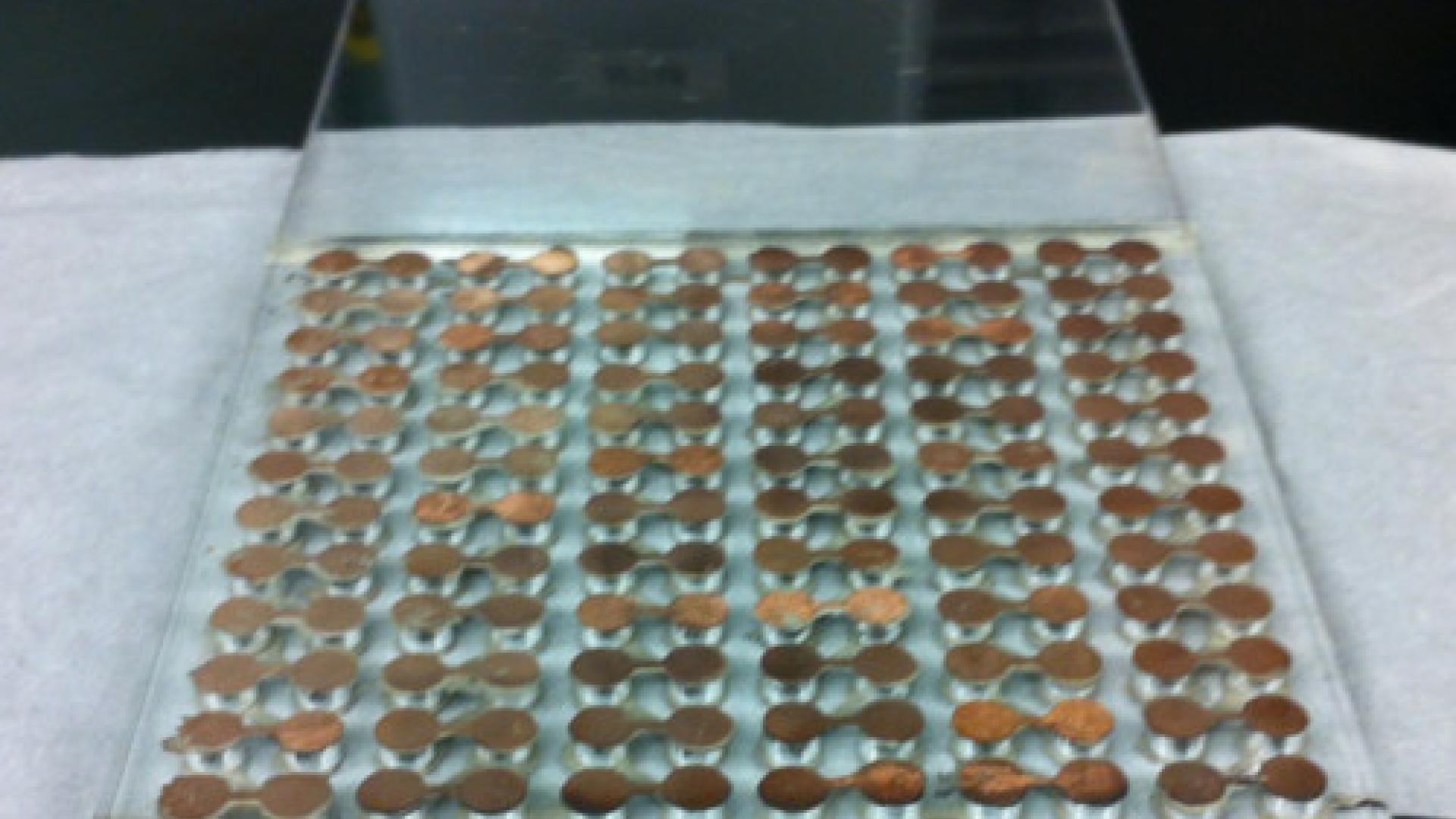© KAUST
Air conditioning systems that make us comfortable on the hottest days consume vast quantities of energy that contribute to global warming and, ironically, the prospect of even hotter days. Now researchers from KAUST have devised a method to claw back some of this energy.
Thermoelectric materials enable electrical energy to be created from the flow of charge carriers induced by a thermal gradient. Offering a clean and quiet source of energy, thermoelectrics are well known but their application has stalled, requiring the right ‘mix’ to ensure they are practical and efficient. Recent advances in nanotechnology have opened a range of new opportunities.
Thermoelectrics depends on the balance between electrical and thermal conductivity: electrical conductivity needs to increase while thermal conductivity needs to reduce. The trick lies in controlling these properties independently of each other. Associate Professor Muhammad Hussain and Ph.D student Salman Inayat tackled this challenge by combining 'common' thermoelectric materials with nano manufacturing to reduce thermal conductivity by enhancing the photo scattering of materials.
The researchers treated off-the-shelf thermoelectric powders of antimony telluride and bismuth telluride. The resultant materials showed promise when tested in a thermoelectric generator device. They used a ball mill to grind the powders before hot pressing to produce pellets with more grain boundaries which provided more scattering sites for the heat carriers (phonons) and reduced thermal conductivity. Electrical charge carriers were introduced simultaneously, which improved electrical conductivity.
“Adding sulfur before ball milling introduced even more sites to deflect phonons and also diluted the concentration of deleterious low energy charge carriers,” explained Hussain. “However we found that adding the sulfur reduced the performance of bismuth telluride.”
Read the full article
